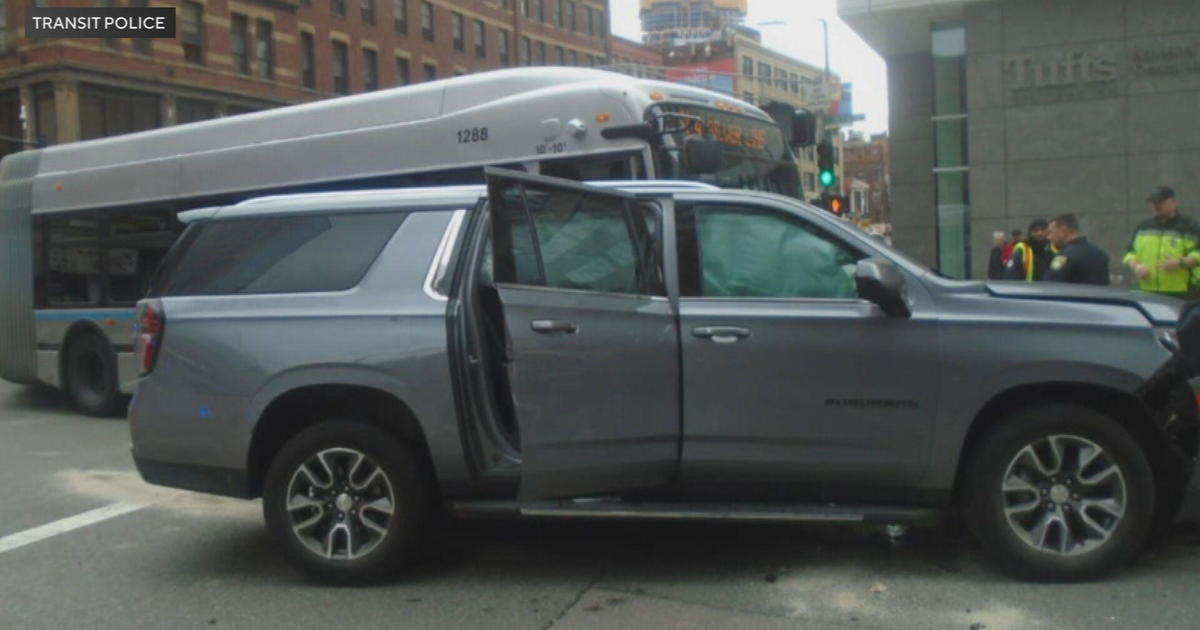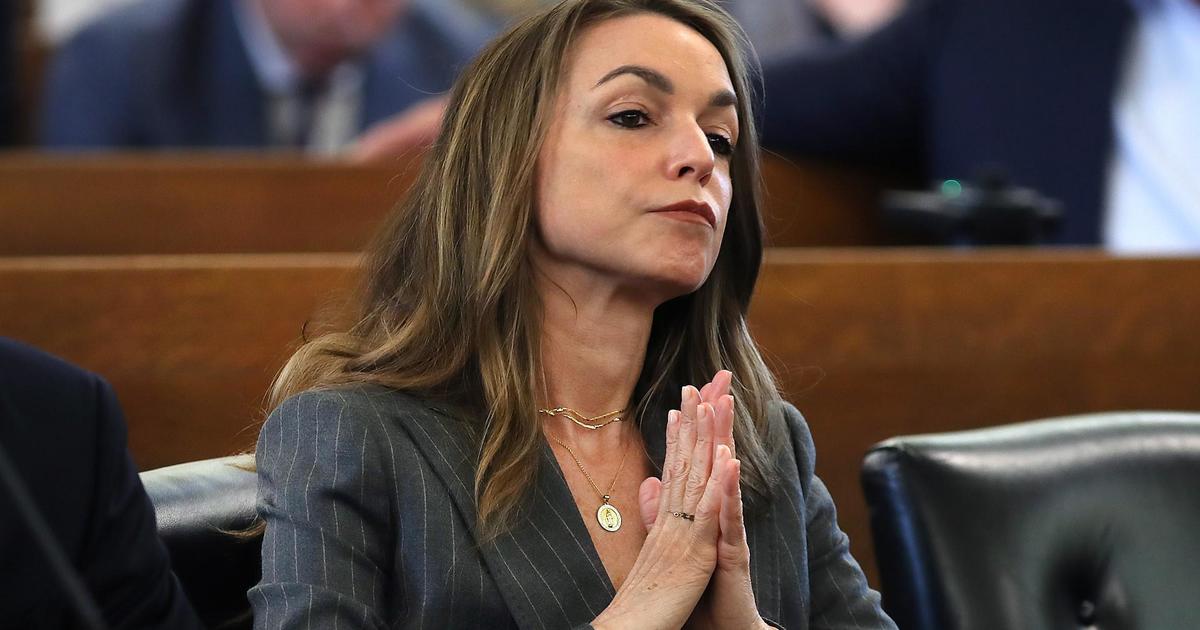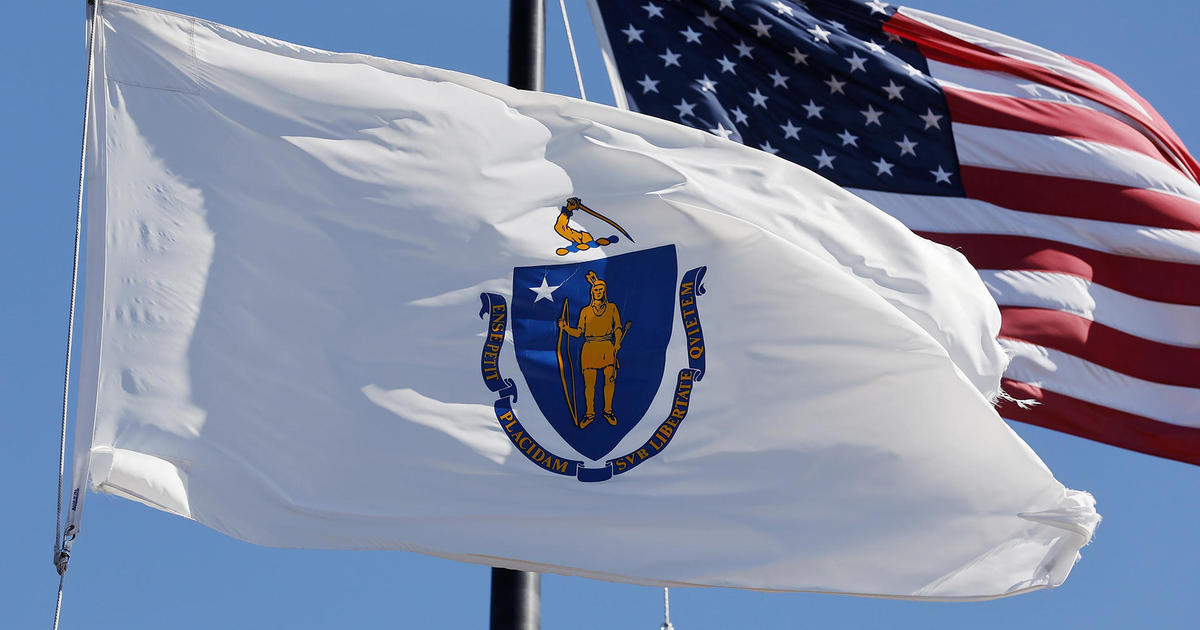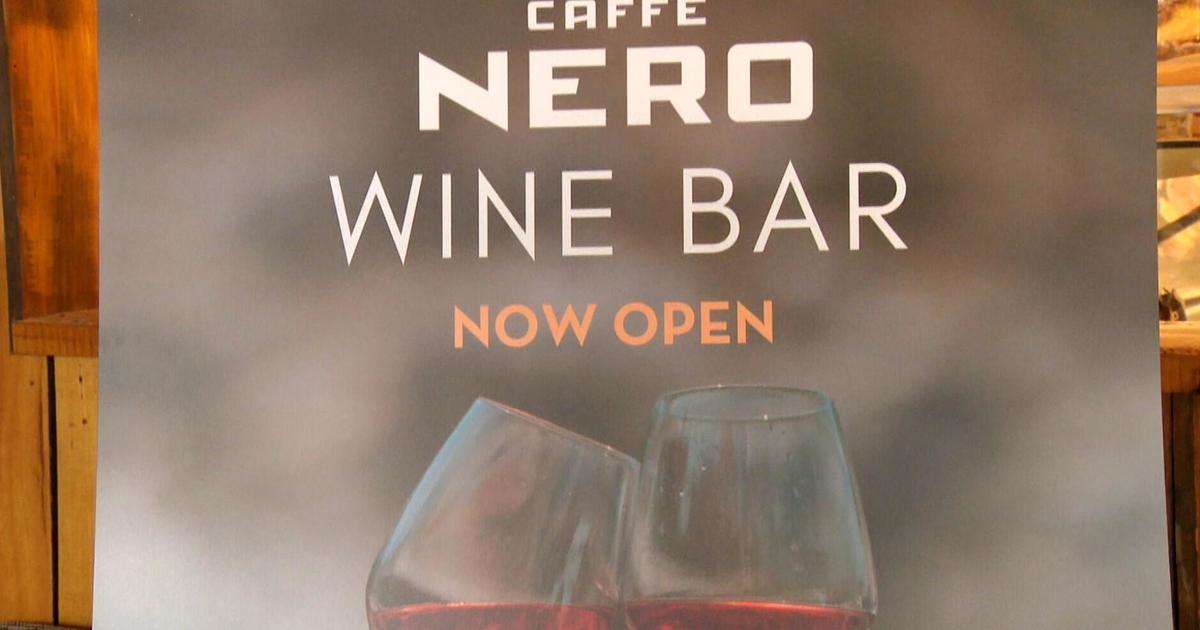Single Drivers Taking Over Mass. Carpool Lanes
STATE HOUSE, BOSTON, Sept. 11, 2019 (State House News Service) -- The high-occupancy vehicle lanes, or carpool lanes, north and south of Boston are not really what they're cracked up to be.
The HOV lanes, which are intended to give vehicles with at least two occupants a more efficient travel lane, are overwhelmingly used by cars with only a driver, Transportation Secretary Stephanie Pollack said Tuesday.
"I was shocked to find out that there is a closed Twitter group for people who use your carpool lane where they tweet at each other and say, 'there's no cops, it's OK for single cars to use it,' " Pollack told municipal officials at a Local Government Advisory Commission meeting. "And we think as much as 80 or 90 percent of the traffic is actually just individual people in cars and it's not functioning as a carpool lane."
The secretary's comments came during a discussion between Pollack, Lt. Gov. Karyn Polito and local officials about congestion, a persistent and confounding problem for leaders at all levels of government and their constituents. A congestion report the Baker administration released last month found that the few HOV lanes the state does have are ineffective because they "do not necessarily provide sufficient travel time savings" for commuters.
Medford Mayor Stephanie Burke told Pollack that the Department of Transportation's work on the Tobin Bridge and the corresponding opening of an HOV lane on I-93 South to all vehicles has undermined some of the progress promised by mass transit options.
"We have express buses from Medford that go right into Haymarket Square and now they're sitting in the same traffic everyone else is. All the carpool people are sitting in the same traffic that everyone else is," Burke said. "I hope you re-look at that and see if there's a way to get that carpool lane back for citizens on the North Shore."
Pollack said that MassDOT wants to take a more comprehensive look at its current limited network of HOV lanes -- for the first time since MassDOT was preparing for the Big Dig in the early 1990s.
"It has, for example, been 30 years since MassDOT has seriously looked at the utility of high-occupancy vehicle lanes or thought much about its role in providing park and ride lots," the administration's congestion report said. "A comprehensive re-thinking is long overdue."
Pollack said that changes to the HOV lane Burke was referring to would be considered ahead of the 2020 spring construction season and that a more in-depth look will come at a later time.
"We would love to have more high-occupancy vehicles, but this time around we're going to have to figure out a way that they're actually high-occupancy vehicles and not just individuals who are brazen enough to use the lane," she said.
The congestion report contemplated a network of HOV lanes and park-and-ride lots around Greater Boston that could be connected to allow commuters to drive to central locations and hop on buses or other shared vehicles that would take HOV lanes into the city's core.
"Such a network of parking, travel lanes and shared travel services could -- unlike the few modest and disjointed HOV lanes now in existence -- could allow commuters to avoid traffic congestion inside I-95/128 by parking and shifting to shared travel modes and/or by using high occupancy vehicle lanes to bypass congested general travel lanes," the report said. "It may be difficult to identify options for creating new high occupancy vehicle lanes around Greater Boston, as well as new commuter parking facilities that can be connected to those lanes. But given the levels of congestion identified in this report, it is time to try."
The state's most severe congestion occurs on I-93 southbound between Mystic Valley Parkway in Medford to and the Fellsway in Medford at 7 a.m. -- and that same stretch of pavement hosts the state's fifth-worst congestion slightly later in the morning.
"As having the number one congestion spot in the state, I can't sit here quietly. It's really disturbing when it takes that long to go 2.8 miles," Burke, the Medford mayor, said at Tuesday's meeting. "It took me 45 minutes after 9 [a.m.] to get into the city today and it's literally less than 10 miles. It's really a nuisance to all of us."




